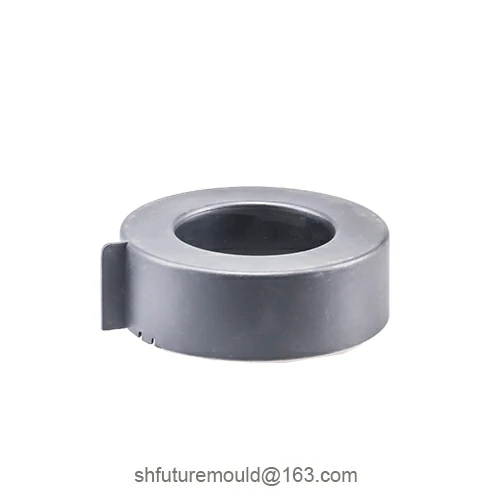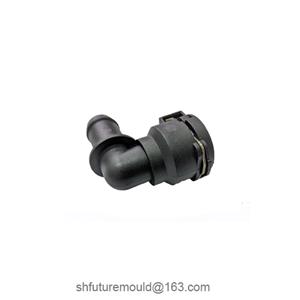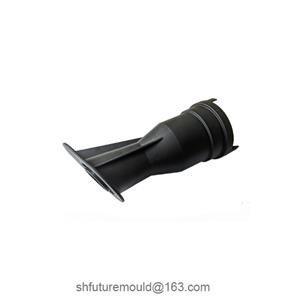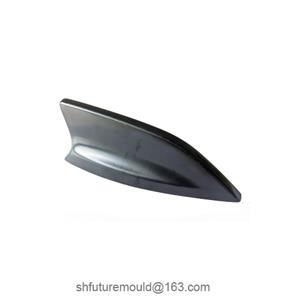Consequences of Improper Venting in Injection Molds
Improper venting in injection molds can lead to various defects and issues that can significantly impact the quality and functionality of the molded parts. Here are some of the primary consequences of inadequate venting:
1. Short Shots: In severe cases of improper venting, the trapped air can act as a barrier, preventing the molten plastic from filling the mold. This leads to short shots, where the part is not fully formed, often resulting in scrap and production downtime.
2. Burning: The trapped air can also become compressed and superheated during the injection process, leading to localized plastic burning. This results in discoloration, surface imperfections, and potential degradation of the material's properties.
3. Weld Lines: When multiple melt fronts converge due to improper venting, they can fuse imperfectly, creating visible weld lines on the part's surface. These weld lines can be aesthetically unappealing and may also represent points of weakness in the part.
4. Voids and Bubbles: Trapped air can form voids and bubbles within the molded part, compromising its structural integrity and potentially creating stress points. These voids can also affect the part's appearance and lead to leaks or other performance issues.
5. Dimensional Inaccuracy: The presence of trapped air can cause variations in the part's dimensions, leading to inconsistencies and potential non-conformance to specifications. This can be particularly problematic for parts with tight tolerances or critical dimensions.
6. Increased Cycle Time: Improper venting can prolong the injection molding cycle time as the trapped air hinders the filling and cooling process. This reduces overall production efficiency and increases manufacturing costs.
7. Machine Damage: In extreme cases, severe venting issues can cause excessive pressure buildup in the mold, potentially leading to damage to the injection molding machine.
To mitigate these consequences and ensure the production of high-quality injection molded parts, it is crucial to carefully design and implement proper venting strategies for each mold. This involves analyzing the part geometry, material properties, and injection parameters to determine the optimal vent locations, sizes, and configurations.
- Injection Mold
- Automotive Injection Mold
- Electronics & Electrical Injection Mold
- Consumer Goods Injection Mold
- Airplane Components Injection Mold
- Medical Components Injection Mold
- Irrigation Components Injection Mold
- Injection Molds




